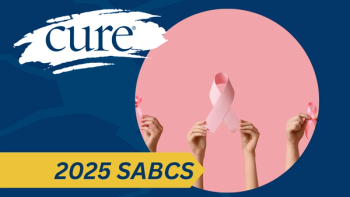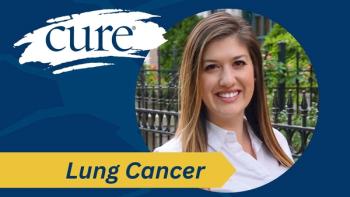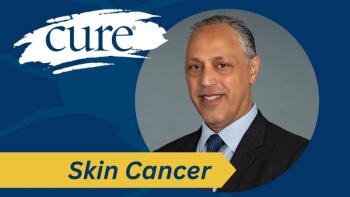
FDA Approval of Modeyso ‘Important Step Forward’ For Patients with Glioma
The accelerated approval of Modeyso for diffuse midline glioma with an H3 K27M mutation, is a step in the right direction but more work remains.
The accelerated approval from the U.S. Food and Drug Administration (FDA) of Modeyso (dordaviprone) for patients with diffuse midline glioma with an H3 K27M mutation, is a step in the right direction but more work remains, as an expert explained in an interview with CURE.
“It's definitely an important step forward in a field where nothing has been approved, but it benefits only a subset of patients, and so we still need a lot of work to improve on the outcomes,” said Dr. Patrick Wen, Director of the Center for Neuro-Oncology at Dana-Farber Cancer Institute and Professor of Neurology at Harvard Medical School in Boston.
Wen was the senior author of a study published in the Journal of Clinical Oncology that found monotherapy with Modeyso to be well-tolerated, with durable and clinically meaningful effectiveness among patients with recurrent H3 K27M-mutant diffuse midline glioma.
The accelerated approval is for Modeyso for the treatment of adult and pediatric patients aged one year and older with diffuse midline glioma harboring an H3 K27M mutation and progressive disease following prior therapy. It is, according to the agency, the first FDA-approved systemic therapy for H3 K27M-mutant diffuse midline glioma.
Transcript
For patients with glioma, what should be the big takeaway from this FDA approval?
Of all the types of gliomas, this is probably the hardest one to treat, because being in the midline, it's not resectable by surgery, and they usually don't respond to the standard chemotherapies, so all these patients have is just radiation, which works for a number of months, and then the tumor recurs. And so most patients have a life expectancy of about a year or so. So it's a terrible disease that occurs in young adults and often in in children. Until this approval, there was no treatment apart from radiation for these patients.
This approval is based on a study that is not for all diffuse midline glioma patients with an H3 K27M mutation. It was done in a study primarily for the patients who had thalamic gliomas, and mainly in adults, and that was because it's very hard to tell if a drug is working in these tumors. The more common diffuse, intrinsic pontine glioma, for instance, are not enhancing so it's very hard to measure the tumor. And so the FDA wanted a set of patients that they could assess response rate. And so that's why this study looked at 50 patients with measurable tumor, they were not a DIPG patients or spinal cord patients, and so it was based on the response rate and the durability of the response that led to the approval.
So it's definitely an important step forward in a field where nothing has been approved, but it benefits only a subset of patients, and so we still need a lot of work to improve on the outcomes. But now that this drug is available, potentially, you could think of combination therapies and other novel ways to try to build on this step. The drug is very well tolerated — most targeted therapies are not that easy for patients to take, this one is actually very easy. You take it once a week, and there can be some fatigue, nausea, headaches, but most of the time, patients don't feel bad on it at all, and a lot of them won't have side effects that they'll tell you about. So hopefully this will allow the drug to be fairly easily combined with other drugs, and that will build on these preliminary steps.
References
- “FDA grants accelerated approval to dordaviprone for diffuse midline glioma,” by the U.S. FDA. News release. Aug. 6., 2025. https://www.fda.gov/drugs/resources-information-approved-drugs/fda-grants-accelerated-approval-dordaviprone-diffuse-midline-glioma
- “ONC201 (Dordaviprone) in Recurrent H3 K27M-Mutant Diffuse Midline Glioma,” by Dr. Isabel Arrillaga-Romany. The Journal of Clinical Oncology. May 1, 2024.
For more news on cancer updates, research and education,




